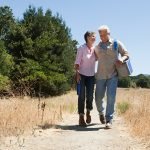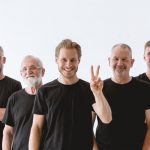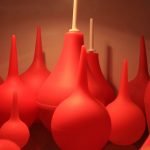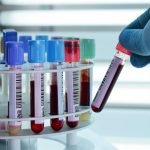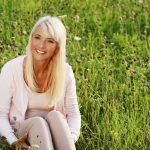Botanical news update from the AANP: Herbal Mislabeling and Liver Damage
Node Smith, ND
Paul Richard Saunders, PhD, ND, DHANP, gave an annual research update on botanical medicine at this year’s annual meeting of the American Association of Naturopathic Physicians. The report included information on current market trends, as well as concerns about mislabeling and liver damage.
Herbal supplement sales have continued to grow for the 13th consecutive year
According to the American Botanical Council, herbal supplement sales have continued to grow for the 13th consecutive year, up 7.7% in 2016. The total dollar amount of consumer sales in 2016 for herbal supplements was $7.452 billion. The list of top sellers of the previous year include: Marrubium vulgare, Vaccinium macrocarpon, Echinacea spp., Camellia sinensis, Actea racemosa, Garcinia gummi-gutta, Linum usitatissimum, Zingiber officinale, Hedera helix, and Curcuma longa. Surprisingly, single herb products tend to outsell combination formulas with 60% of total sales being single herbs.
Liver Damage and Mislabeling
According to the drug-induced liver injury network (DILIN), which has compiled data on the mislabeling of herbal supplement products over the last 12 years, many supplements do not contain what they advertise. Using a data set of 1800 patients, ingesting 375 dietary supplements with subsequent analysis, it was found that only 44% were labeled correctly. The other 56% contained anabolic steroids or other pharmaceutical agents. Problematic product markets included body building supplements, with a 72% mislabeling rate, weight loss supplements, with a 72% mislabeling rate, energy boosting products, with a 60% mislabeling rate, and general health and well-being products, with a 51% mislabeling rate.
Study Stats
There were 69 children included in the data set under the age of 18 years, 57 of whom were deemed to have liver injury due to supplement ingestion. 14 of these 57 were deemed to be definite liver injury, while 43 were deemed to be either likely/probable liver injury. Symptoms included fever (37%), rash (25%) and eosinophilia (15%). Antibiotics were revealed to the cause of the injury in 51% of cases. 63% of cases were hospitalized, and 5% received liver transplants.
Image Copyright: <a href=’https://www.123rf.com/profile_sommai’>sommai / 123RF Stock Photo</a>
 Node Smith, ND, is a naturopathic physician in Portland, OR and associate editor for NDNR. He has been instrumental in maintaining a firm connection to the philosophy and heritage of naturopathic medicine among the next generation of docs. He helped found the first multi-generational experiential retreat, which brings elders, alumni, and students together for a weekend camp-out where naturopathic medicine and medical philosophy are experienced in nature. Four years ago he helped found the non-profit, Association for Naturopathic ReVitalization (ANR), for which he serves as the board chairman. ANR has a mission to inspire health practitioners to embody the naturopathic principles through experiential education. Node also has a firm belief that the next era of naturopathic medicine will see a resurgence of in-patient facilities which use fasting, earthing, hydrotherapy and homeopathy to bring people back from chronic diseases of modern living; he is involved in numerous conversations and projects to bring about this vision.
Node Smith, ND, is a naturopathic physician in Portland, OR and associate editor for NDNR. He has been instrumental in maintaining a firm connection to the philosophy and heritage of naturopathic medicine among the next generation of docs. He helped found the first multi-generational experiential retreat, which brings elders, alumni, and students together for a weekend camp-out where naturopathic medicine and medical philosophy are experienced in nature. Four years ago he helped found the non-profit, Association for Naturopathic ReVitalization (ANR), for which he serves as the board chairman. ANR has a mission to inspire health practitioners to embody the naturopathic principles through experiential education. Node also has a firm belief that the next era of naturopathic medicine will see a resurgence of in-patient facilities which use fasting, earthing, hydrotherapy and homeopathy to bring people back from chronic diseases of modern living; he is involved in numerous conversations and projects to bring about this vision.





